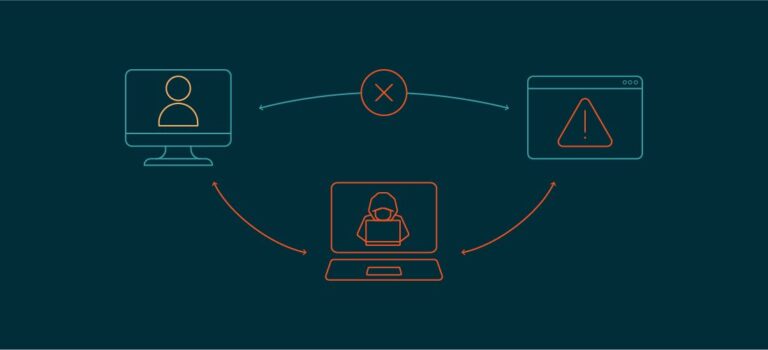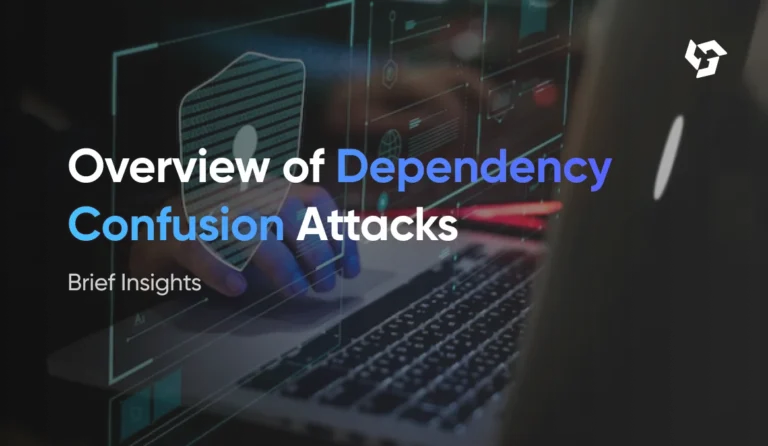Toxic Dependencies: The Hidden Dangers of Third-Party Libraries
Introduction
In the rapidly evolving world of software development, leveraging third-party libraries is a standard practice that enables developers to accelerate production, reduce redundant coding efforts, and build sophisticated applications quickly. However, this convenience comes at a potential cost—security risks, hidden vulnerabilities, and even malicious code. This phenomenon, known as “toxic dependencies,” is increasingly recognized as a critical challenge in modern software engineering.
This comprehensive guide dives into the dark side of third-party dependencies. We’ll explore how these components, which often form the backbone of modern applications, can introduce severe vulnerabilities. We’ll examine real-world incidents, risk factors, mitigation strategies, and best practices to maintain a secure software environment. This article respects SEO best practices to ensure optimal visibility and engagement.
Table of Contents
- What Are Third-Party Dependencies?
- The Rise of Toxic Dependencies
- Real-World Examples of Dependency Vulnerabilities
- Why Dependencies Become Toxic
- Assessing the Risk of Third-Party Libraries
- Tools for Dependency Management and Vulnerability Detection
- Best Practices for Safe Dependency Management
- Continuous Monitoring and Maintenance
- Legal and Compliance Considerations
- Future of Dependency Management
- Conclusion
1. What Are Third-Party Dependencies?
Third-party dependencies are external libraries, modules, or packages developed and maintained by someone outside your organization. They can be open-source or proprietary and are used to extend functionality without having to build features from scratch.
Examples include:
- JavaScript frameworks like React or Vue.js
- Python packages like NumPy or Pandas
- Java libraries like Apache Commons
- Node.js modules from npm registry
While these tools are invaluable, they are also potential entry points for threats.
2. The Rise of Toxic Dependencies
The term “toxic dependency” refers to third-party libraries that introduce vulnerabilities, outdated code, or even malicious payloads. As applications become more complex, the reliance on these libraries increases, and so does the attack surface.
Cybercriminals have become increasingly sophisticated in targeting popular packages to compromise entire ecosystems. In some cases, attackers inject malicious code into widely used libraries or create clone packages with similar names to trick developers.
3. Real-World Examples of Dependency Vulnerabilities
Event-Stream Incident
In 2018, a popular Node.js package called event-stream was compromised. The attacker added a dependency (flatmap-stream) that contained malicious code designed to steal Bitcoin wallets. It went unnoticed for months and was downloaded millions of times.
Log4j Vulnerability
The Log4Shell vulnerability in Apache Log4j (2021) is one of the most critical vulnerabilities in recent history. This zero-day exploit allowed remote code execution, affecting thousands of applications globally.
Left-Pad Incident
In 2016, the removal of the left-pad npm package, a tiny function, broke thousands of builds across the web. This incident highlighted how a single small dependency could have a massive ripple effect.
4. Why Dependencies Become Toxic
Several factors contribute to dependencies turning toxic:
- Lack of Maintenance: Abandoned projects are more likely to contain unpatched vulnerabilities.
- Too Many Transitive Dependencies: Packages often rely on other packages, creating a complex web that’s hard to audit.
- Inadequate Review: Developers may not thoroughly vet the code they include.
- Malicious Actors: Cybercriminals exploit trust in the ecosystem.
- Automatic Updates: Automatically pulling new versions can introduce breaking changes or vulnerabilities.
5. Assessing the Risk of Third-Party Libraries
Risk assessment is a vital part of dependency management. Here’s how you can evaluate a package:
- Popularity: High download numbers may indicate reliability but also a target for attackers.
- Maintenance Activity: Look at commit frequency and issue response time.
- Author Reputation: Consider the history and reputation of the maintainer.
- Security History: Check for past vulnerabilities.
- License Compliance: Ensure the license fits your usage scenario.
6. Tools for Dependency Management and Vulnerability Detection
Several tools can help manage and secure third-party dependencies:
- Dependabot (GitHub): Automatically checks for vulnerabilities in dependencies.
- Snyk: Scans code and dependencies for security issues.
- OWASP Dependency-Check: Identifies publicly disclosed vulnerabilities in project dependencies.
- npm Audit / yarn audit: Built-in tools for scanning Node.js dependencies.
- PyUp or Safety (Python): For auditing Python requirements.
These tools can be integrated into CI/CD pipelines to provide real-time alerts.
7. Best Practices for Safe Dependency Management
- Minimal Dependency Principle: Only include what’s absolutely necessary.
- Pin Versions: Avoid floating versions to prevent unintended updates.
- Manual Code Review: Examine third-party code before adoption.
- Use Trusted Sources: Prefer libraries from verified publishers.
- Automated Security Scans: Regularly scan and audit dependencies.
- Track Transitive Dependencies: Use tools to visualize the full dependency tree.
8. Continuous Monitoring and Maintenance
Security is not a one-time task. Regular maintenance is essential:
- Monitor for updates and advisories.
- Subscribe to security mailing lists.
- Rotate secrets and access tokens.
- Reassess old dependencies regularly.
- Conduct penetration tests that include dependency checks.
9. Legal and Compliance Considerations
Licensing is as important as security:
- GPL, MIT, Apache: Understand what each license permits.
- Export Regulations: Some crypto libraries fall under export control laws.
- Industry Standards: Ensure compliance with standards like ISO 27001, SOC2, or HIPAA.
Failing to comply can lead to legal issues, fines, or product takedowns.
10. Future of Dependency Management
As threats evolve, so do the tools and practices:
- SBOM (Software Bill of Materials): Gaining traction for better transparency.
- AI-Powered Security: Intelligent systems to detect anomalies in packages.
- Immutable Builds: Reproducible builds to ensure integrity.
- Decentralized Trust Systems: Using blockchain or similar tech to validate packages.
11. Conclusion
Third-party dependencies are a double-edged sword. While they significantly boost productivity and innovation, they also pose a substantial security risk when not managed carefully. By understanding the nature of toxic dependencies and implementing strong risk management and monitoring practices, developers can enjoy the benefits of open-source and third-party components without falling prey to their dangers.
Staying informed, vigilant, and proactive is key to safeguarding your software from the hidden perils of third-party code. Embrace the tools, follow the best practices, and continuously refine your approach to dependency management for a more secure and resilient software ecosystem.






